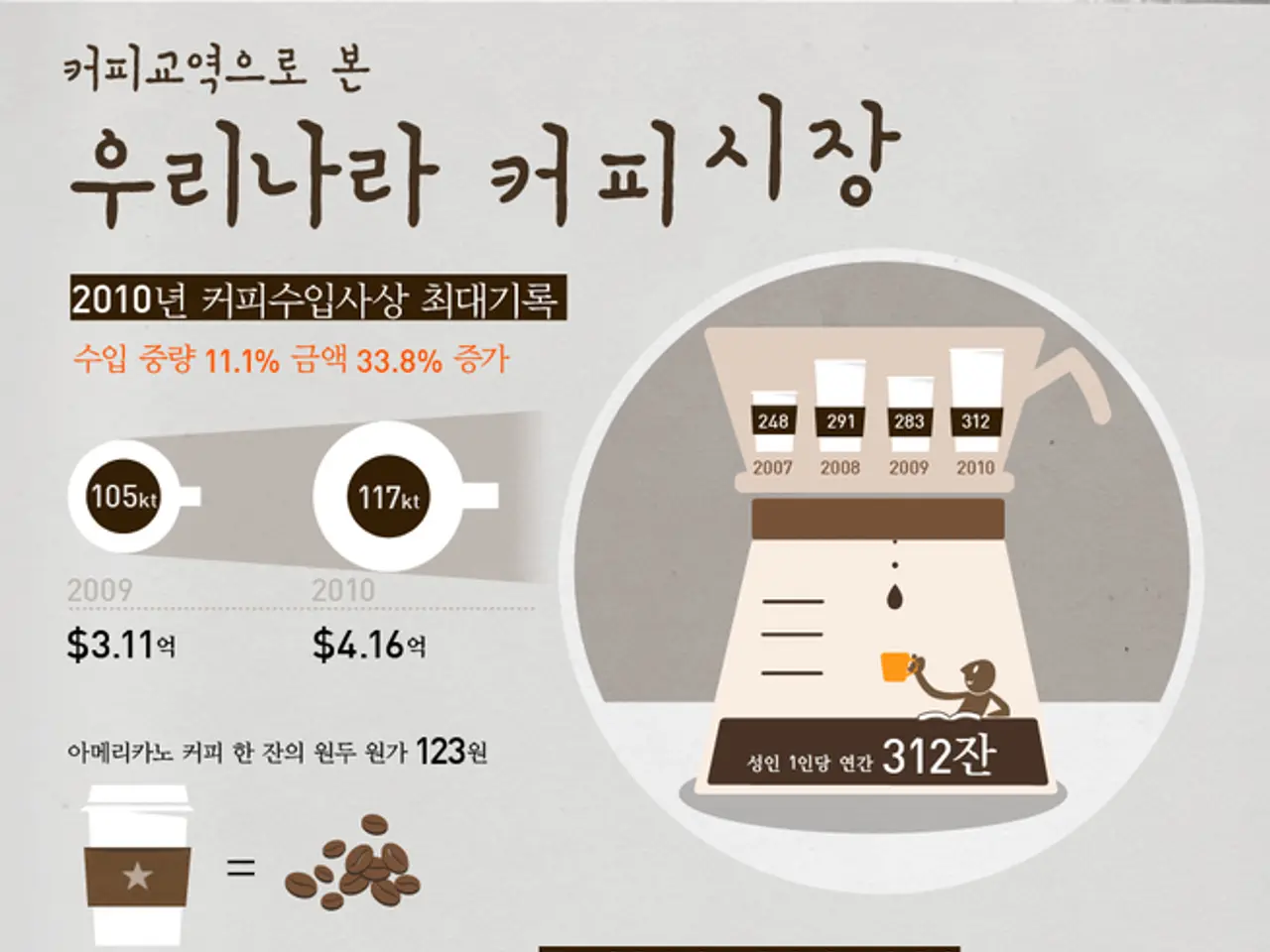Exploration of Language and Cultural Identity: A Deep Dive into the Interplay between Language, Heritage, and Social Belonging
In a world where globalization and technological advancement are shaping the future of language and cultural identity, it's worth taking a closer look at how certain languages have developed unique ways of expressing respect and politeness.
Take Hungarian, for instance, where the use of multiple forms of "you" reflects the cultural importance of respect and social hierarchy. The formal "Ön" is often used in official or business contexts, while "Maga" conveys social distance or authority. Children, on the other hand, use affectionate and polite forms like "néni" or "bácsi" with auxiliary verbs to address elders, demonstrating a deep-rooted respect for age and social standing.
Yiddish, another language with a rich cultural heritage, employs polite expressions that are warm and humble. Instead of the direct "please" (bitte), speakers commonly use "zei azoy gut" (be so good), softening requests respectfully. Other phrases like "gezunterheit" (literally "with health") express well-wishes in contexts like eating, traveling, or sleeping, showing an emphasis on concern for others' wellbeing and polite social interaction.
While Icelandic and Catalan have unique lexical items, they are less explicit in their politeness forms compared to Hungarian and Yiddish. However, their greetings and polite phrases still reflect cultural attentiveness and friendliness.
These linguistic patterns highlight the deep-rooted connection between respect and politeness and language structures. Languages develop such specialized forms to regulate social hierarchies, show deference, and express communal bonds—mirroring the values prioritized in their societies.
By preserving their language, communities are able to maintain their unique cultural heritage in the face of globalisation. Technology can also play a role in this preservation, as individuals use it to connect with others who share their linguistic and cultural background, allowing them to maintain connections with their heritage culture even as they navigate globalized spaces.
Language is not just a means of communication; it's a crucial tool for preserving traditional knowledge and practices, and for maintaining connections with an individual's cultural heritage in a global context. It allows individuals to express their unique cultural identity and share traditions, beliefs, and values with others.
In conclusion, the preservation of endangered languages is essential for maintaining cultural diversity and identity. The unique ways in which these languages express respect and politeness offer a fascinating insight into the cultural values they represent.
Summary Table:
| Language | Examples of Politeness Expressions | Cultural Reflection | |------------|---------------------------------------------------------------|---------------------------------------------------------| | Hungarian | Ön, Maga, néni/bácsi forms with tetszik auxiliary | Clear social hierarchical respect, formality in speech | | Yiddish | Zei azoy gut (please), Gezunterheit (well-wishing) | Warmth, health wishes, gentle social politeness | | Icelandic | Polite greetings like Góðan daginn (good day), Takk fyrir (thank you) | Cultural friendliness and formality in greetings | | Catalan | Unique lexical items but less explicit on politeness forms | Linguistic uniqueness reflects regional cultural identity |
- Exploring various cultural traditions, we find that Hungarian, Yiddish, Icelandic, and Catalan each have distinct ways of expressing respect and politeness in their languages.
- When seeking to express appreciation in Yiddish, speakers often opt for the phrase "zei azoy gut" (be so good) instead of the direct "please", showing both warmth and humility.
- Home-and-garden decorative items and fashion-and-beauty choices can also reflect cultural traditions, as seen in the custom of giving well-wishing phrases like "gezunterheit" in Yiddish culture.
- Education-and-self-development can help bridge the gap between different cultures and promote understanding, particularly by learning about cultural traditions and languages like Hungarian, Yiddish, Icelandic, and Catalan, and their unique expressions of respect and politeness.




